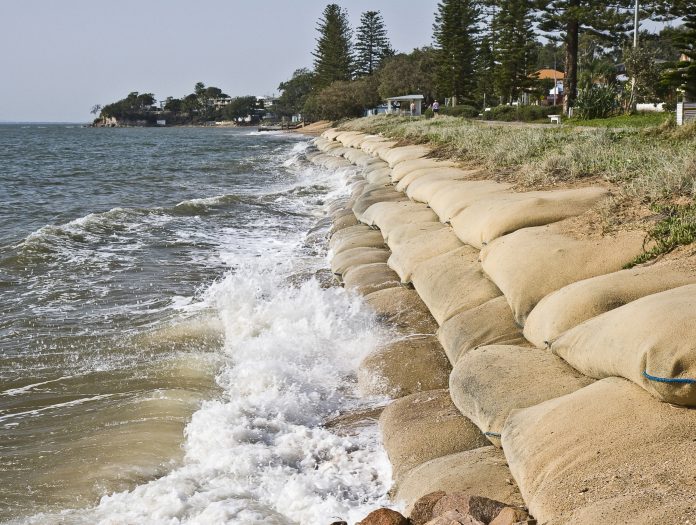The depletion of sand in coastal regions has become a threat to ecosystems everywhere, as sand has become a scarce resource – but this could solve coastal erosion
Essential to coastal defence, sand is a globally demanded commodity, especially in the construction industry. Sand is not just a part of everyday life – it is also the basis of major infrastructures like harbours, roads, trade routes, and land reclamation projects.
It plays an important role in the manufacturing of glass and semiconductors and in water treatment, as well as protecting cities in coastal areas from collapsing into the marshes or swamps they are often built on top of, which has been exacerbated by rising sea levels.
This research, funded with a 1.3 million euros grant from the German Research Foundation has been led by the Max Planck Institute for Social Anthropology, analysing the effect of the depletion of sand on coastal regions and their surrounding ecosystems.
Overall, sand is necessary to the biological communities that inhabit coastal regions, benefitting the environment, they introduce more species to the area and allow for thriving ecosystems as well as livelihoods for people and the economy.
Cities in danger due to rising sea levels and coastal erosion
The large-scale extraction of sand globally, used in construction or even to create new land where none existed, increases concern for the resource as sand is often extracted from the places where it is most urgently needed, which is to protect the coasts.
The researchers studied the economic and quantitative aspects of the sand crisis, looking at what is needed to investigate the role of sand in construction, and for protection of coastal cities.
They found from their study the immense influence that sand has on life, society, and politics. For instance, in parts of Indonesia, residents no longer have the necessary resources to buy and transport the sand needed to shore up the coasts. It will become apparent how necessary sand is once it begins quickly depleting.
Dr. Lukas Ley, Head of the Research Group “Sand – The Future of Coastal Cities in the Indian Ocean” at the MPI, said: “Coastal regions are no longer able to withstand the growing weight of buildings and infrastructure and they sink below the water.
“This trend is particularly alarming for metropoles like Singapore and Jakarta, which require ever-larger amounts of sand to maintain and reinforce sections of their coast.
“In our project we are interested in sand as a material that makes it possible for certain social practices and ways of life to exist in the first place – it creates lifeworlds. In this sense, sand can be compared to a resource like coal. For without coal our lives would look very different. It is the same with sand.
“There people resort to using plastic waste and other scrap material to reinforce the coasts and preserve their living space. This, of course, has catastrophic consequences for their health and the environment.”
Protecting human infrastructure as well as ecosystems
For the research, three doctoral students will spend twelve months in port cities with a population of at least 500,000 and conduct field research, understanding the role of coastal protection in everyday life and the ways that people’s lives are intertwined with sand – focusing on the residents of the Indian Ocean Basin region and how they use sand.
They found that though there are repercussions of political decisions, such as Malaysia and Indonesia banning the export of sand, or of economic interests, like land reclamation projects lead to enormous sand extraction and coastal erosion, these political decisions can also create many jobs.
Ley said: “This potential makes sand highly political. Sand is a topic of global discourses and conflicts in which economic interests clash with social, ethical, and ecological concerns.”
For some places this has led to new alliances between environmental groups, NGOs, regional politics, and religious movements.
“In Benoa Bay in Bali, for example, a grassroots movement has succeeded in stopping a land reclamation project that would have done great damage to the adjacent mangrove forests and the entire ecosystem. Local mangrove farmers and fishers are using this victory as an opportunity to reclaim coastal space.
“We simply do not know very much about the meaning of sand in the everyday lives of the people who inhabit the coastal regions of the Indian Ocean or what they do with this multi-purpose resource.
“In addition to the work of the doctoral students, I will also be conducting several months of field research among mangrove farmers in Benoa Bay in order to better understand what sand means for the people there.”











